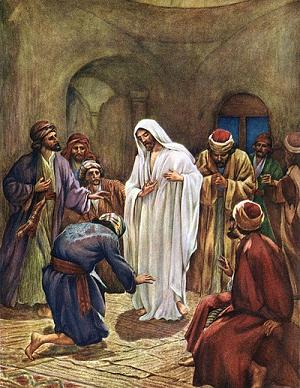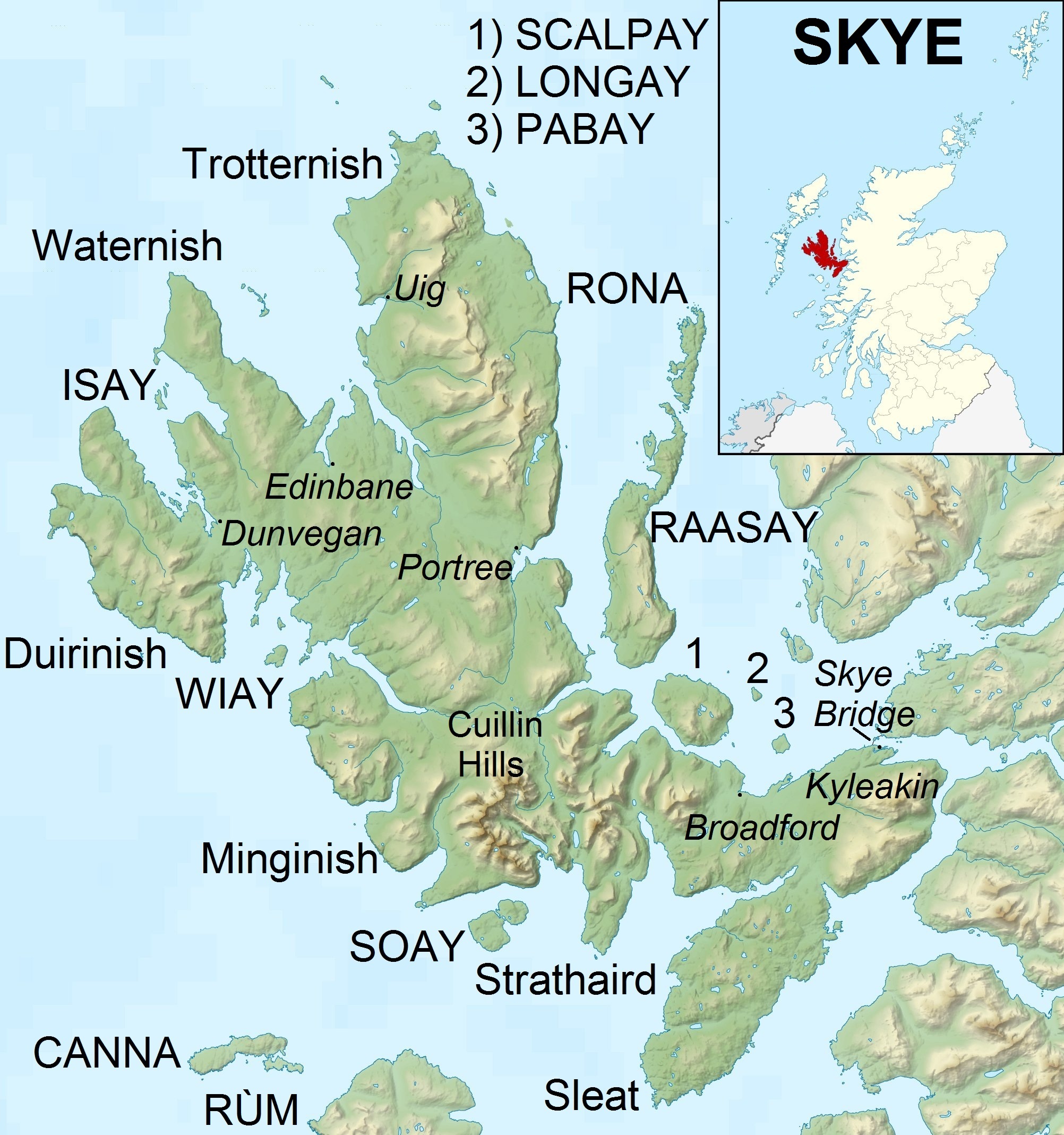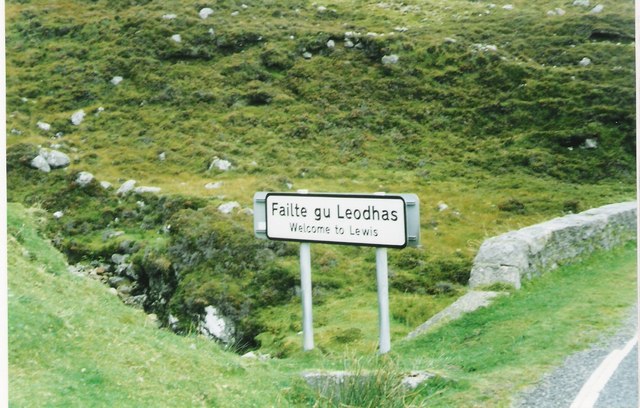|
Battle Of Largs
The Battle of Largs (2 October 1263) was a battle between the kingdoms of Kingdom of Norway (872–1397), Norway and Kingdom of Scotland, Scotland, on the Firth of Clyde near Largs, Scotland. The conflict formed part of the Scottish–Norwegian War, Norwegian expedition against Scotland in 1263, in which Haakon IV of Norway, Haakon Haakonsson, King of Norway attempted to reassert Norwegian sovereignty over the western seaboard of Scotland. Victory was achieved by the Scots with a crafty three-tiered strategy on the part of the young Scottish king, Alexander III: plodding diplomacy forced the campaign to bad weather months and a ferocious storm ravaged the Norwegian fleet, stripping it of many vessels and supplies and making the forces on the Scottish coast vulnerable to an attack that forced the Norwegians into a hasty retreat that was to end their 500-year history of invasion, and leaving Scotland to consolidate its resources into building the nation. Since the beginning of the ... [...More Info...] [...Related Items...] OR: [Wikipedia] [Google] [Baidu] |
William Hole (artist)
William Brassey Hole (7 November 1846 – 22 October 1917) was a Scottish Victorian painter, illustrator, etcher, and engraver. He was known for his industrial, historical and biblical scenes. Life Early life and training Hole was born in Salisbury, Wiltshire, the son of a doctor, Richard Brassey Hole and his wife Ann Burn Hole (nee Fergusson); his father died in the cholera epidemic of 1849, when William was only 3 years of age, and the family relocated to Edinburgh, Scotland, shortly afterwards. He was educated at Edinburgh Academy, then served an apprenticeship as a civil engineer for 5 years, although he really wanted to be an artist.Meynell, 1887. In 1869, he sailed from Swansea to Genoa, and spent the next 6 months travelling and sketching around Italy. In Rome he made the acquaintance of Keeley Halswelle who gave him practical advice on art. It was Halswelle whose criticism encouraged Hole to endeavour to become a professional painter. On returning to Edinburgh, ... [...More Info...] [...Related Items...] OR: [Wikipedia] [Google] [Baidu] |
Alexander III Of Scotland
Alexander III (; Modern Gaelic: ; 4 September 1241 – 19 March 1286) was King of Alba (Scotland) from 1249 until his death. He concluded the Treaty of Perth, by which Scotland acquired sovereignty over the Western Isles and the Isle of Man. His heir, Margaret, Maid of Norway, died before she could be crowned. Life Alexander was born at Roxburgh, the only son of Alexander II by his second wife Marie de Coucy. Alexander's father died on 6 July 1249 and he became king at the age of seven, inaugurated at Scone on 13 July 1249. The years of his minority featured an embittered struggle for the control of affairs between two rival parties, the one led by Walter Comyn, Earl of Menteith, the other by Alan Durward, Justiciar of Scotia. The former dominated the early years of Alexander's reign. At the marriage of Alexander to Margaret of England in 1251, Henry III of England seized the opportunity to demand homage from his son-in-law for the Scottish kingdom, but Alexander di ... [...More Info...] [...Related Items...] OR: [Wikipedia] [Google] [Baidu] |
Godred Crovan
Godred Crovan (died 1095), known in Gaelic as Gofraid Crobán, Gofraid Meránach, and Gofraid Méránach, was a Norse-Gaelic ruler of the kingdoms of Kingdom of Dublin, Dublin and the Kingdom of the Isles, Isles. Although his precise parentage has not completely been proven, he was certainly an Uí Ímair dynast, and a descendant of Amlaíb Cúarán, King of Northumbria and Dublin. Godred first appears on record in the context of supporting the Norwegian invasion of England in 1066. Following the collapse of this campaign, Godred is recorded to have arrived on Isle of Man, Mann, at the court of Gofraid mac Sitriuc (d. 1070), Gofraid mac Sitriuc, King of the Isles, a likely kinsman of his. During the 1070s, the latter died and was succeeded by his son, Fingal mac Gofraid, Fingal. Within the decade, Godred violently seized the kingship for himself, although the exact circumstances surrounding this takeover are uncertain. By 1091, Godred attained the kingship of Dublin, and thereby ... [...More Info...] [...Related Items...] OR: [Wikipedia] [Google] [Baidu] |
Skye
The Isle of Skye, or simply Skye, is the largest and northernmost of the major islands in the Inner Hebrides of Scotland. The island's peninsulas radiate from a mountainous hub dominated by the Cuillin, the rocky slopes of which provide some of the most dramatic mountain scenery in the country. Slesser (1981) p. 19. Although has been suggested to describe a winged shape, no definitive agreement exists as to the name's origin."Gaelic Culture" . VisitScotland. Retrieved 5 January 2013. The island has been occupied since the period, and over its history has been occupied at various times by Celtic tribes includ ... [...More Info...] [...Related Items...] OR: [Wikipedia] [Google] [Baidu] |
Lewis And Harris
Lewis and Harris (), or Lewis with Harris, is a Scottish island in the Outer Hebrides, around from the Scottish mainland. With an area of (approximately 1% the size of Great Britain) it is the largest island in Scotland and the list of islands in the British Isles, third largest in the British Isles, after Great Britain and Ireland (island), Ireland. Despite its name, Lewis and Harris is a single island divided by mountains. The northern two-thirds is called Isle of Lewis, Lewis and the southern third Harris, Scotland, Harris; each is referred to as if it were a separate island and there are many cultural and linguistic differences between the two. Name The island does not have a one-word name in either English language, English or Scottish Gaelic, and is referred to as "Lewis and Harris", "Harris and Lewis", "Lewis with Harris", "Harris with Lewis" etc. Rarely used is the collective name of "the Long Island" (), although that epithet is sometimes applied to the entire ... [...More Info...] [...Related Items...] OR: [Wikipedia] [Google] [Baidu] |
Kingdom Of The Isles
The Kingdom of the Isles, also known as Sodor, was a Norse–Gaelic kingdom comprising the Isle of Man, the Hebrides and the islands of the Clyde from the 9th to the 13th centuries. The islands were known in Old Norse as the , or "Southern Isles" as distinct from the or Northern Isles of Orkney and Shetland. In Scottish Gaelic, the kingdom is known as . The territory is sometimes called the Kingdom of Mann and the Isles, although only some of the later rulers claimed that title. The historical record is incomplete, and the kingdom was not a continuous entity throughout the entire period. At times the rulers were independent of external control, although for much of the period they had overlords in Norway, Ireland, England, Scotland or Orkney. At times there also appear to have been competing claims for all or parts of the territory. The islands have a total land area of over and extend for more than from north to south. Viking influence in the area began in the late 8th c ... [...More Info...] [...Related Items...] OR: [Wikipedia] [Google] [Baidu] |
Magnus Barefoot
Magnus III Olafsson (Old Norse: ''Magnús Óláfsson'', Norwegian: ''Magnus Olavsson''; 1073 – 24 August 1103), better known as Magnus Barefoot (Old Norse: ''Magnús berfœttr'', Norwegian: ''Magnus Berrføtt''), was the King of Norway from 1093 until his death in 1103. His reign was marked by aggressive military campaigns and conquest, particularly in the Norse-dominated parts of the British Isles, where he extended his rule to the Kingdom of the Isles and Dublin. As the only son of King Olaf Kyrre, Magnus was proclaimed king in southeastern Norway shortly after his father's death in 1093. In the north his claim was contested by his cousin, Haakon Magnusson (son of King Magnus Haraldsson), and the two co-ruled uneasily until Haakon's death in 1095. Disgruntled members of the nobility refused to recognise Magnus after his cousin's death, but the insurrection was short-lived. After securing his position domestically, Magnus campaigned around the Irish Sea from 1098 to ... [...More Info...] [...Related Items...] OR: [Wikipedia] [Google] [Baidu] |
Scandinavian Scotland
Scandinavian Scotland was the period from the 8th to the 15th centuries during which Vikings and Norse settlers, mainly Norwegians and to a lesser extent other Scandinavians, and their descendants colonised parts of what is now the periphery of modern Scotland. Viking influence in the area commenced in the late 8th century, and hostility between the Scandinavian earls of Orkney and the emerging thalassocracy of the Kingdom of the Isles, the rulers of Ireland, Dál Riata and Alba, and intervention by the crown of Norway were recurring themes. Scandinavian-held territories included the Northern Isles of Orkney and Shetland, the Hebrides, the islands of the Firth of Clyde and associated mainland territories including Caithness and Sutherland. The historical record from Scottish sources is weak, with the Irish annals and the later Norse sagas, of which the ''Orkneyinga saga'' is the principal source of information, sometimes contradictory although modern archaeology is beginning to ... [...More Info...] [...Related Items...] OR: [Wikipedia] [Google] [Baidu] |
Viking
Vikings were seafaring people originally from Scandinavia (present-day Denmark, Norway, and Sweden), who from the late 8th to the late 11th centuries raided, pirated, traded, and settled throughout parts of Europe.Roesdahl, pp. 9–22. They also voyaged as far as the Mediterranean Sea, Mediterranean, North Africa, the Middle East, Greenland, and Vinland (present-day Newfoundland in Canada, North America). In their countries of origin, and some of the countries they raided and settled in, this period is popularly known as the Viking Age, and the term "Viking" also commonly includes the inhabitants of the Scandinavian homelands as a whole. The Vikings had a profound impact on the Early Middle Ages, early medieval history of Northern Europe, northern and Eastern Europe, including the political and social development of England (and the English language) and parts of France, and established the embryo of Russia in Kievan Rus'. Expert sailors and navigators of their cha ... [...More Info...] [...Related Items...] OR: [Wikipedia] [Google] [Baidu] |
Norwegian Realm Map, 1263
Norwegian, Norwayan, or Norsk may refer to: *Something of, from, or related to Norway, a country in northwestern Europe *Norwegians, both a nation and an ethnic group native to Norway *Demographics of Norway *Norwegian language, including the two official written forms: **Bokmål, literally "book language", used by 85–90% of the population of Norway **Nynorsk, literally "New Norwegian", used by 10–15% of the population of Norway *Norwegian Sea Norwegian or may also refer to: Norwegian *Norwegian Air Shuttle, an airline, trading as Norwegian ** Norwegian Long Haul, a defunct subsidiary of Norwegian Air Shuttle, flying long-haul flights * Norwegian Air Lines, a former airline, merged with Scandinavian Airlines in 1951 *Norwegian coupling, used for narrow-gauge railways *Norwegian Cruise Line, a cruise line *Norwegian Elkhound, a canine breed. * Norwegian Forest cat, a domestic feline breed *Norwegian Red, a breed of dairy cattle *Norwegian Township, Pennsylvania, USA Norsk ... [...More Info...] [...Related Items...] OR: [Wikipedia] [Google] [Baidu] |
Treaty Of Perth
The Treaty of Perth, signed 2 July 1266, ended military conflict between Magnus the Lawmender of Norway and Alexander III of Scotland over possession of the Hebrides and the Isle of Man. The Hebrides and the Isle of Man had become Norwegian territory during centuries when both Scotland and Norway were still forming themselves as coherent nation-states, and Norwegian control had been formalised in 1098, when Edgar of Scotland signed the islands over to Magnus III of Norway. In Norwegian terms, the islands were the ''Sudreys'', meaning Southern Isles. The treaty was agreed three years after the Battle of Largs in 1263. Michael Lynch has compared the treaty's importance with that of the Treaty of York of 1237. The Treaty of York defined a border between Scotland and England that is almost identical to the modern border. Largs is often claimed as a great Scottish victory, but the Norwegians claimed their forces, led by King Håkon IV, were not fully committed to battle and th ... [...More Info...] [...Related Items...] OR: [Wikipedia] [Google] [Baidu] |
Isle Of Man
The Isle of Man ( , also ), or Mann ( ), is a self-governing British Crown Dependency in the Irish Sea, between Great Britain and Ireland. As head of state, Charles III holds the title Lord of Mann and is represented by a Lieutenant Governor. The government of the United Kingdom is responsible for the Isle of Man's military defence and represents it abroad, but the Isle of Man still has a separate international identity. Humans have lived on the island since before 6500 BC. Gaelic cultural influence began in the 5th century AD, when Irish missionaries following the teaching of St Patrick began settling the island, and the Manx language, a branch of the Goidelic languages, emerged. In 627, King Edwin of Northumbria conquered the Isle of Man along with most of Mercia. In the 9th century, Norsemen established the thalassocratic Kingdom of the Isles, which included the Hebrides and the Northern Isles, along with the Isle of Man as the southernmost island. Magnus Bar ... [...More Info...] [...Related Items...] OR: [Wikipedia] [Google] [Baidu] |






